Fender will no longer use ash bodies for production-line guitars - we found out why, and what woods will be used instead
In an exclusive interview, Executive VP of Fender Product Justin Norvell reveals what spec changes we can expect, and the fate of its Summer NAMM releases
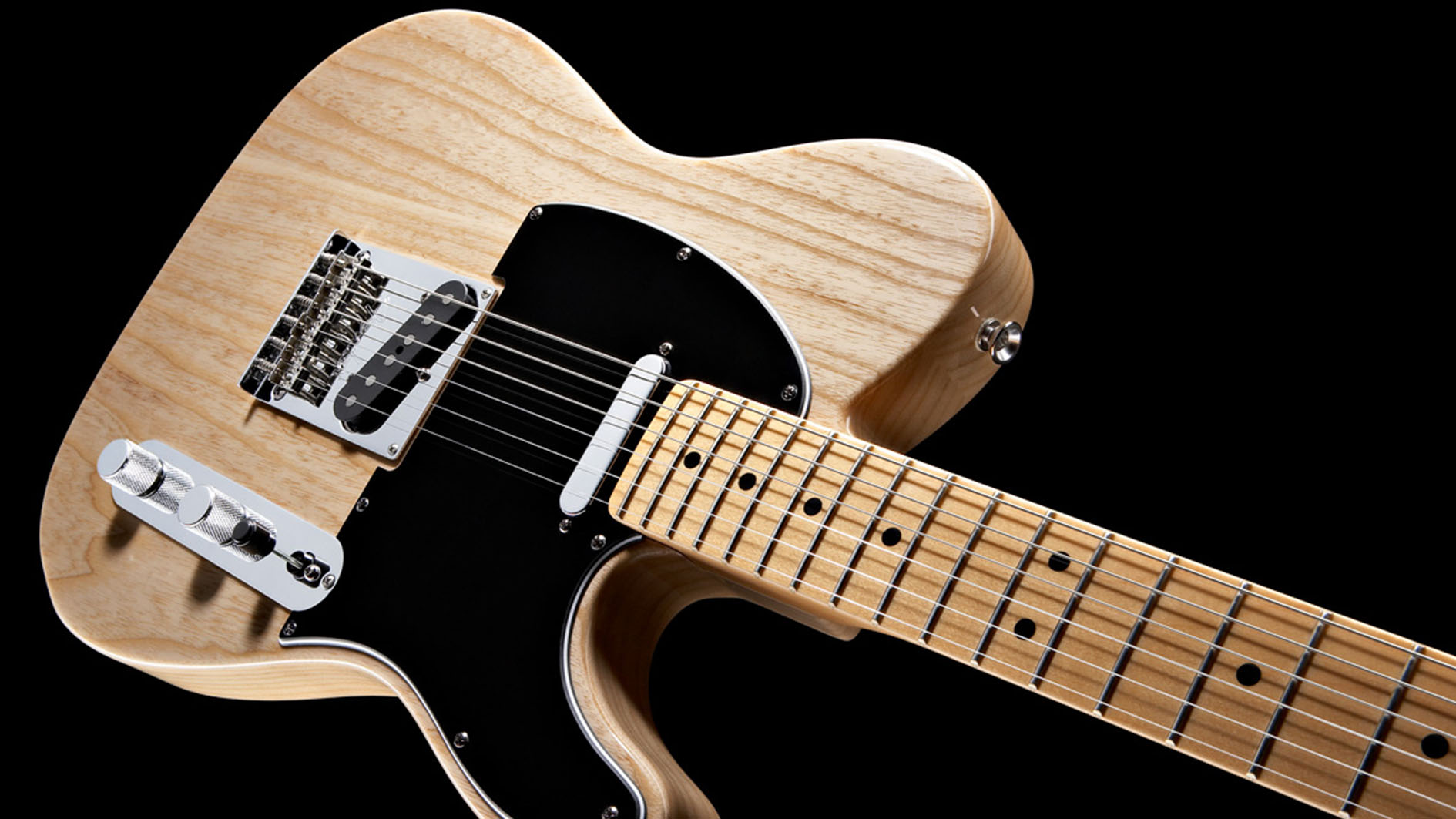
It was recently announced that Fender will be phasing out ash for production-line electric guitar models. The company statement explained that “in order to uphold our legacy of consistency and high quality we, at Fender, have made the decision to remove Ash from the majority of our regular production models. What little Ash we are able to source will continue to be made available in select, historically appropriate vintage models, as supplies are available.”
While alder remains to be the most popular hardwood for Fender bodies, the American giant’s ties to ash cannot be understated - it was pretty much all they used for guitars and basses made between 1950 to 1956 and continues to sell successfully to this day.
Here, Justin Norvell, the Executive Vice President of Fender Product, gives Guitar World an exclusive look into the reasons behind the decision and how the company plans to move forward through these challenging times...
Given how far Fender and ash bodies go back, this can’t have been an easy decision...
Leo [Fender] used to say, ‘If I have $100 to make something, I’d spend $99 making it work and $1 making it pretty’
“It’s something none of us took lightly - ash is part of the DNA of what we do at Fender. First off, going back historically, non-Fender luthiery always used things like spruces but also exotic tropical hardwoods.
"Because Leo [Fender] was much more pragmatic, he used to say, ‘If I have $100 to make something, I’d spend $99 making it work and $1 making it pretty’. He used materials that were widely available. He went to a lumberyard and woods like alder, ash and maple were easy to get.
“Our head wood guy told me ash didn’t even really have a market or use until American baseball bats and electric guitars, because of Fender. They would clear forests of ash to make room to grow other things. So ash is a wood that goes back to the very earliest days of Fender - Esquires, Broadcasters, ‘54 Strats and so on...”
All the latest guitar news, interviews, lessons, reviews, deals and more, direct to your inbox!
What exactly prompted the decision to stop using ash for your production-line models?
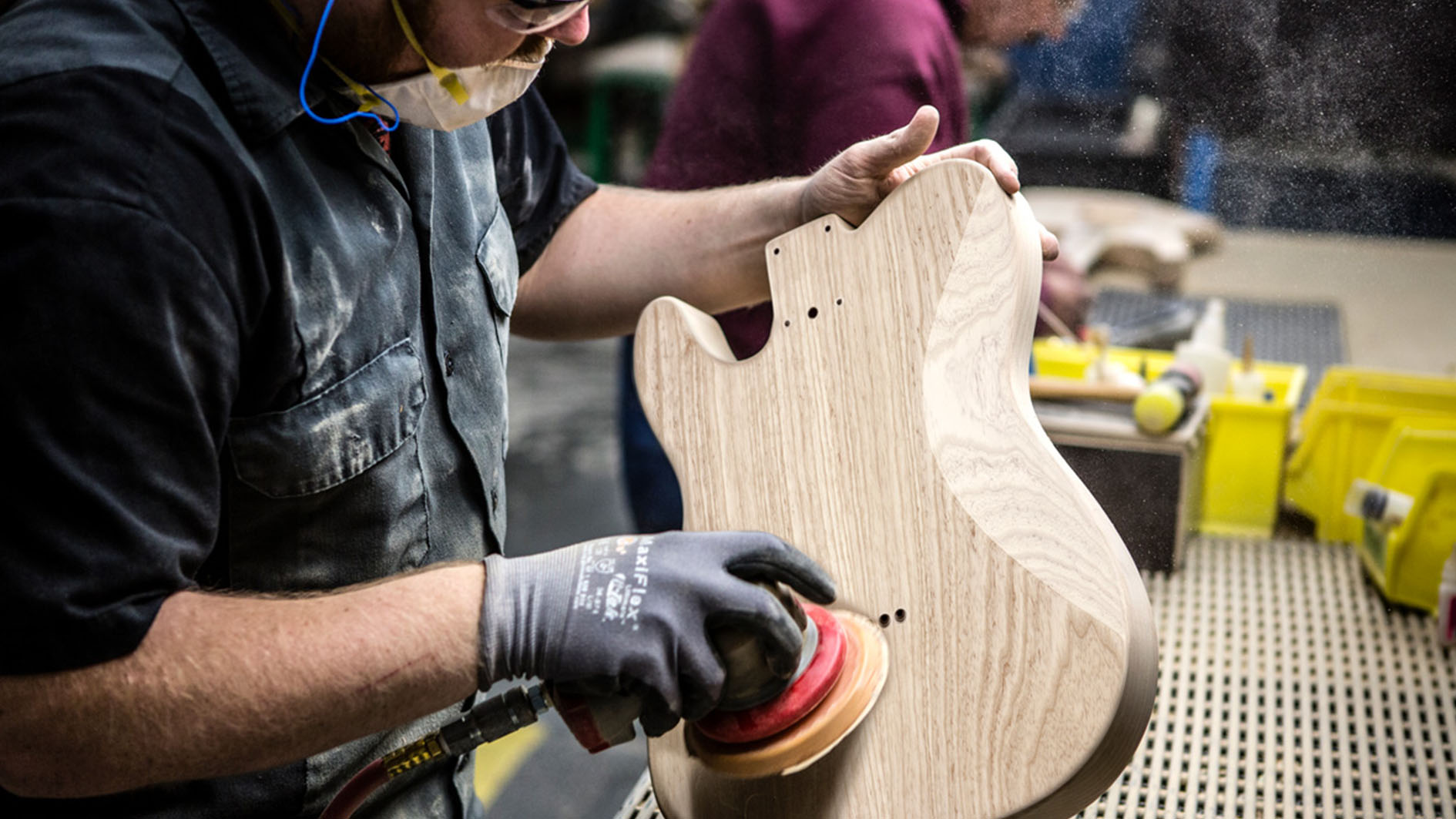
“Over time, there’s this Emerald Ash Borer beetle that started up near Canada and Michigan, and it started destroying the ash. Up in the north, we don’t use that ash because it’s really heavy… we use the swamp ash which is down in the south.
"They’ve tried to do all kinds of things, introducing non-native species that would eat the beetles, pesticides, they’ve thrown everything at the wall and nothing has stopped the blight of this invasive pest that was not-native and I don’t know how it got here.
“It’s eating its way through the forest and ash will be completely gone in a couple of years. I guess like how American chestnut got destroyed in the 30s and it’s over. This is not like it will go away for a couple of seasons and eventually grow back.”
So it’s a race against time, to some extent?
It just hit the point where we couldn’t put it in a production guitar telling everyone we can make something which we can’t get anymore
“Well, we’ve been racing this beetle, but then on the climate change front there are these floods that come in and recede, that’s when we go in and get the ash. We like the wood from the water, it’s more porous and that’s how we get the light swamp ash. We actually only use the bottom part of the tree, where the water is.
"But the floods have not been receding, so these areas are underwater for two thirds of the year and it’s gotten to the point where we are sitting there for six or eight months waiting for ash we can’t get reliably. The beetle is still coming where there’s floods or not, so it’s really narrowing down.
“There will be a day where there’s nothing left, and we’ve known this for three or five years. It just hit the point where we couldn’t put it in a production guitar telling everyone we can make something which we can’t get anymore.
"That said, there will probably be a couple more feasts and famines before the species is entirely gone. If we get ash, we’ll use it and make limited editions. But unfortunately due to the circumstances our ash production will be winding down.”
What else can be done to help save the future of ash-bodied guitars?
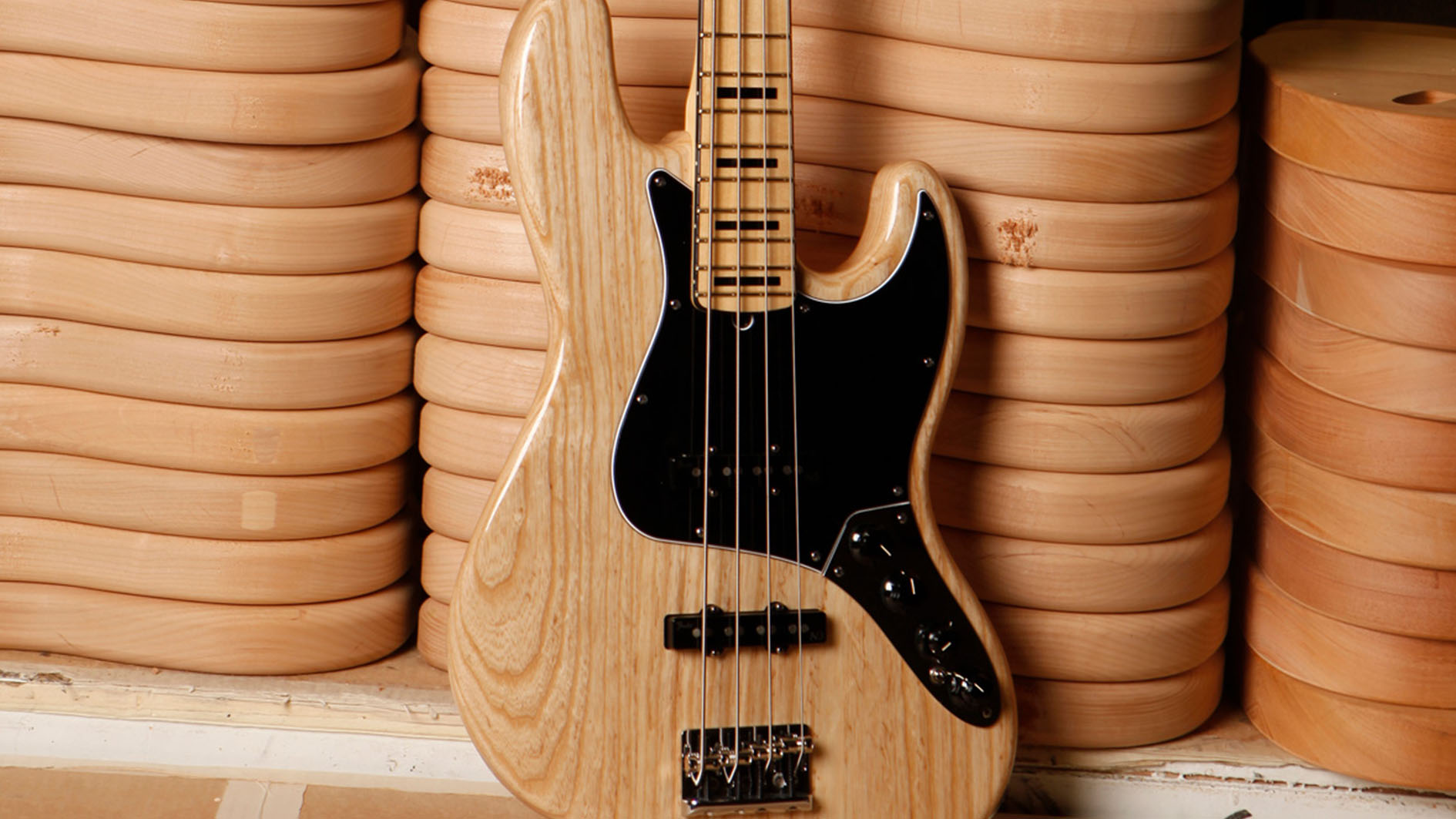
“We’ve started looking at ash that’s a little heavier and working on different chambering techniques that would allow it not to be 12 or 13 pounds.
"We’ve already been prototyping the heavier ash with chambering, we actually had Kenny Wayne Shepherd in recently to test the difference and he thought they sounded and felt great. So we’re figuring a few things out right now to allow ash to live a little longer and making the most of a scarce resource.
“There’s a company called Roots Of Rock and I believe they’ve found one strain of ash that’s resistant to that Borer beetle. We’re working in a consortium to help replant that in the Detroit and Michigan area, but that will be like 30 years. At least we’ll have ash again, unlike chestnut which is totally gone.
"Where we can get and store ash, we will, but it will probably become a more premium thing for the higher-end American and Custom Shop stuff. We were using ash all the way down through to Squier before! It’s going to be a lot more limited.”
Are there any other woods that could match the visual and tonal qualities of ash?
“Yes, we are looking at other woods - there are some that are very on-brand for Fender, like pine. There was a decent amount of that stuff back in the day - we made some pine guitars and have even used it recently. So we’re looking at roasted pine -people worry about it being soft, though some species are softer than other.
This isn’t a decision we’re making to exit the ash business, it’s more like adapting to a new normal
"Sassafras is another, we just did an Eric Johnson sassafras Strat, which was based on his real one from the 50s. Again, Leo Fender was a pragmatist, he would have said, ‘What have you got today?’ They both have a similar grain pattern to ash and are sonically similar. We’re also looking at other ones, like western cedar.
"There’s an aesthetic with ash - some models are painted in solid color, but a natural or sunburst ash body will have that grain which a lot of people like.
“This isn’t a decision we’re making to exit the ash business, it’s more like adapting to a new normal. Pine is a great wood. We’ve done a lot of reclaimed pine from barn wood that came from the middle of America. People received them well and said they sound great, so that’s a path we’re going down.
"Ash isn’t the largest percent of our business - obviously alder is what we use mostly. But for those that insist on ash, it is what it is due to scarcity, which always drives demand. For us, we’re looking at ways to store and hold what we have without worrying about beetles.
"We just did Jimmy Page’s Dragon Tele, which had an ash body, so for reissues we’re going to need that wood. It’s about striking a balance and right now that means taking it out of regular production, from the Vintera series to the American Pro. This is how we adapt to that scarcity.”
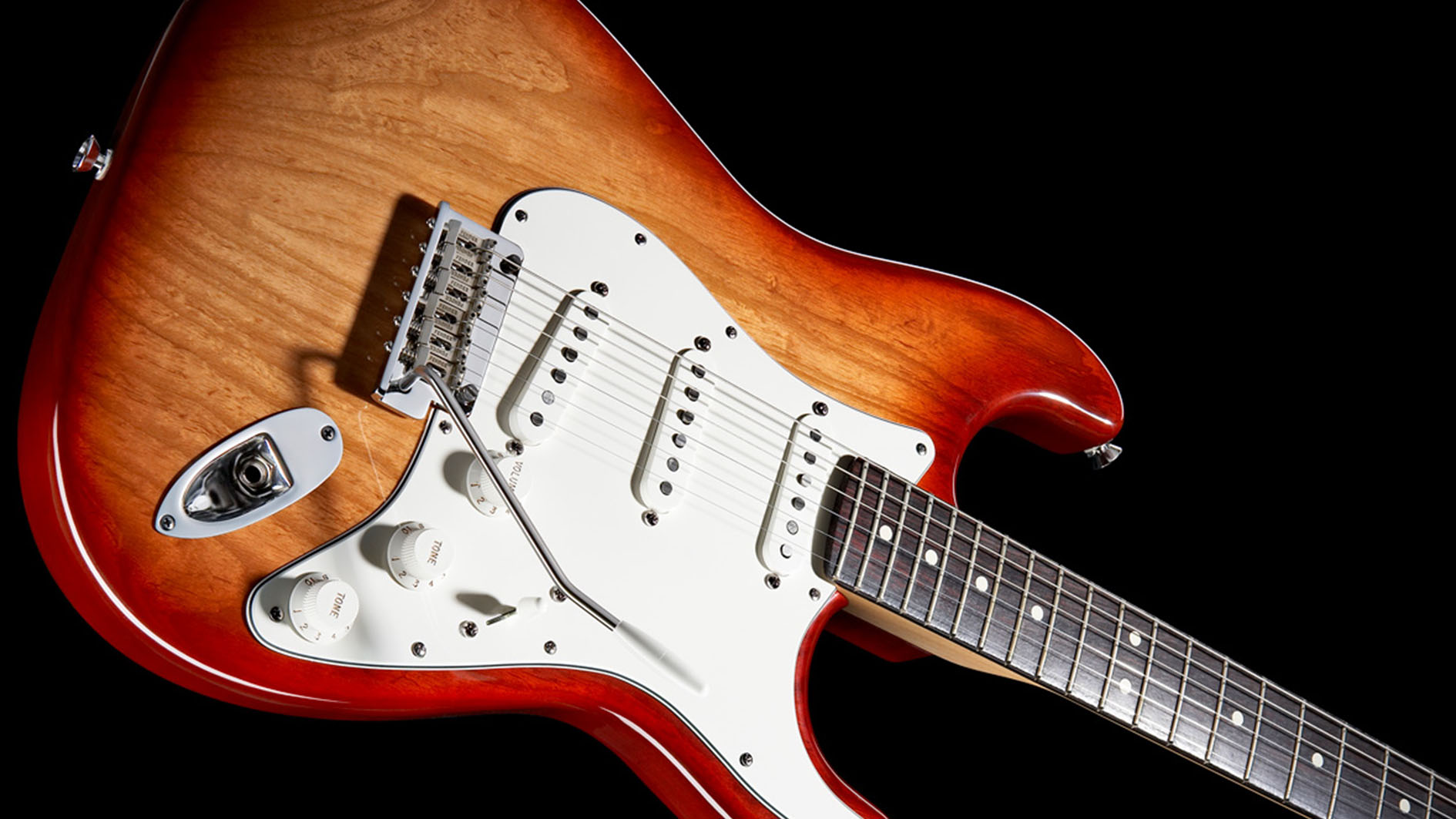
For those who’ve never had the chance to directly compare, what are the main differences between ash and alder?
“It’s interesting. A lot of people vote with their eyes… ash has a much more pronounced, swirling grain pattern compared to alder, which is more uniform in its look.
"When we were redesigning some guitars, we made these exact guitars out of the same everything, same necks, same parts - changing just one thing on each one. We did ash versus alder to hear the differences. Ash was my tonal preference, it has a little more of a scoop in the mids. Alder has more of a peak.
“I would say ash has a great sound, especially when you are jamming at home by yourself. When you are playing with a band and need to cut through, the alder has a better peak and allows you to claim more space in the song. But there’s a warmth to ash, that’s what people love about it.
You can pull three or four guitars made on the same day and they will all feel and resonate differently… that’s the beauty of it
"Alder is a more consistent and occupying sound in the mix. It’s just a matter of preference. Every piece of wood is different. Recently, we had six of Tom Morello’s guitars lined and we were going through them with Tom and each one sounded a little different, just because of how the neck and body come together.
"It’s like a recipe, you can make it time and time again, it will always be a little different. Wood has its own character, you can pull three or four guitars made on the same day and they will all feel and resonate differently… that’s the beauty of it.”
Are there any other steps Fender are taking to be environmentally conscious?
“First off, it’s important to say alder and maple are fast-growing and fast-replenishing woods, not like the tropical exotic hardwoods where there’s a lot more regulation and worry. Even the mahogany we’re using for the Acoustasonics were sourced to be the most sustainable we could find. We have full chain of custody on all our woods, to know exactly where they came from right from the beginning.
"We do a lot with reclaimed stuff. We’re looking at urban trees. There are so many materials to use, we’re always looking because that’s in the spirit of Leo, looking around and making something that works great out of that. The great thing about working at Fender is nothing is more than a few screws away, you can always swap things around!
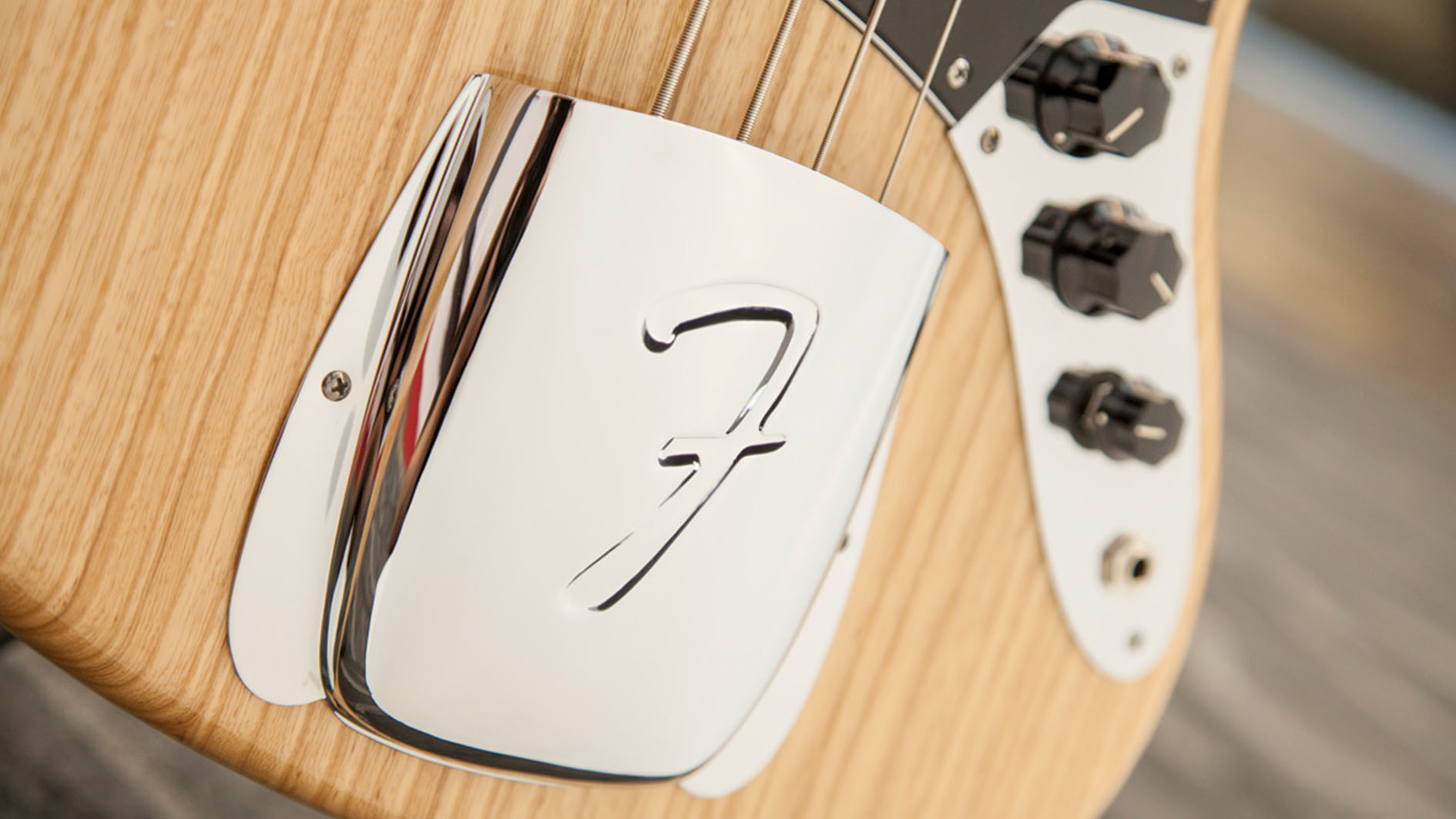
“When Bob Taylor switched from regular ebony to streaked ebony, he explained why - only 10% is truly black. The only way to know is to cut the tree down, so you might do that and then realize it’s not completely black, so then they leave the tree rotting on the floor of the jungle. 90% of what gets cut down doesn’t get used.
"So we started using streaked ebony too, we actually get ours from him, its ebony with character. A uniform dark ebony is nice, but streaks are unique and nice, giving the instruments a signature look.”
Given what’s happening in the world right now, will products scheduled for launch at Summer NAMM still be announced this year?
“I think there are some challenges ahead, things might be delayed, but our plans are just to continue moving forwards. Especially right now, guitar players will be eager for something new and exciting to inspire them. I guess as we all walk back out into the light and adjust our eyes, our idea is to continue our plan of releasing new products.
We have full chain of custody on all our woods, to know exactly where they came from right from the beginning
"We might space them out differently, some might get pushed a few months, but we’ll definitely have an assortment of new products in the second half of the year – we’re already well down the road with them.”
Finally, what have been your favorite guitars you’ve owned over the years?
“Right now my favorite is a player-grade, not 100% original, 1963 Jazzmaster and that thing sounds brilliant. I also have a Telecaster that’s made out of reclaimed redwood from a trestle bridge from the Goldrush in Northern California… those two are the main ones in rotation. Then I have a Custom Shop Strat 1965-era replica in Daphne Blue with a checked finish. I’m mainly Strat guy just because that’s what I grew up playing and what informed my style.
“I’ve had a couple of guitars come and go that I regret parting with. In the '90s a friend of mine offered me a Tele Deluxe with the trem on it from '74 or '76. He wanted $450 for it and I wasn’t sure. I remember being in a guitar store 10 years later and there was one for $4,500! Generally, I try to keep everything I have.
"I actually lived in the UK and went to grammar school there for a couple of years from 11 to 15, which is where I got my first guitar. I sold that one before moving back, but since then I’ve pretty much kept all my instruments. I can’t seem to part with them. Only a few things got away - there was a beautiful ‘64 Bandmaster that I got rid of, so I definitely miss that.”
Amit has been writing for titles like Total Guitar, MusicRadar and Guitar World for over a decade and counts Richie Kotzen, Guthrie Govan and Jeff Beck among his primary influences as a guitar player. He's worked for magazines like Kerrang!, Metal Hammer, Classic Rock, Prog, Record Collector, Planet Rock, Rhythm and Bass Player, as well as newspapers like Metro and The Independent, interviewing everyone from Ozzy Osbourne and Lemmy to Slash and Jimmy Page, and once even traded solos with a member of Slayer on a track released internationally. As a session guitarist, he's played alongside members of Judas Priest and Uriah Heep in London ensemble Metalworks, as well as handled lead guitars for legends like Glen Matlock (Sex Pistols, The Faces) and Stu Hamm (Steve Vai, Joe Satriani, G3).

